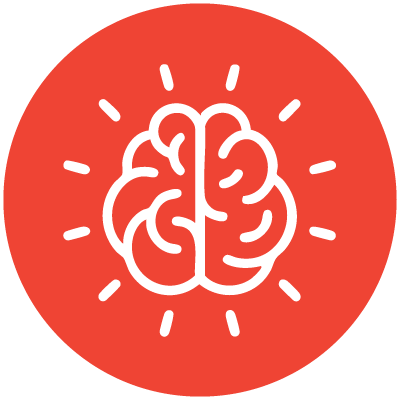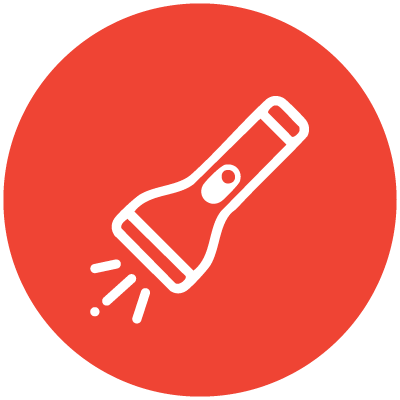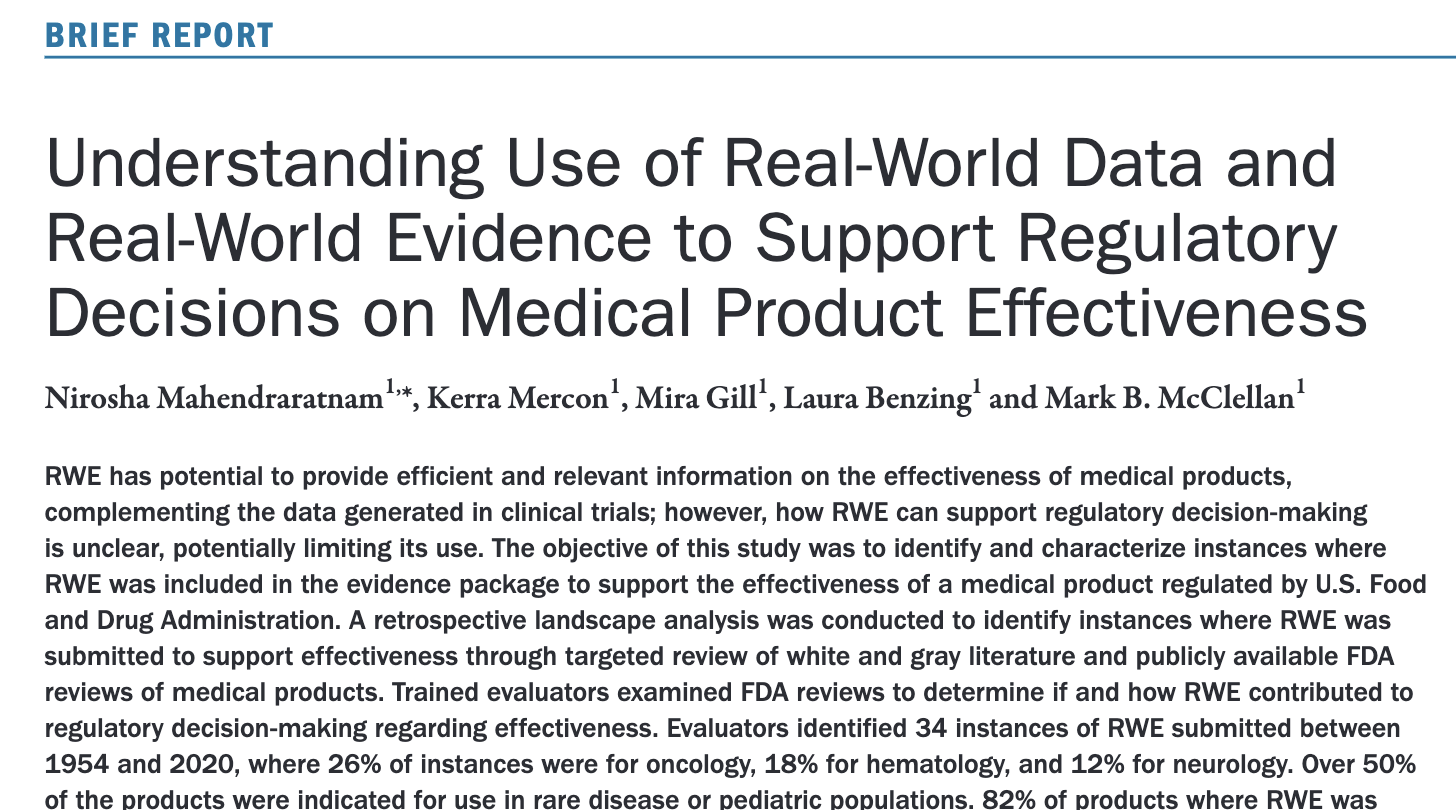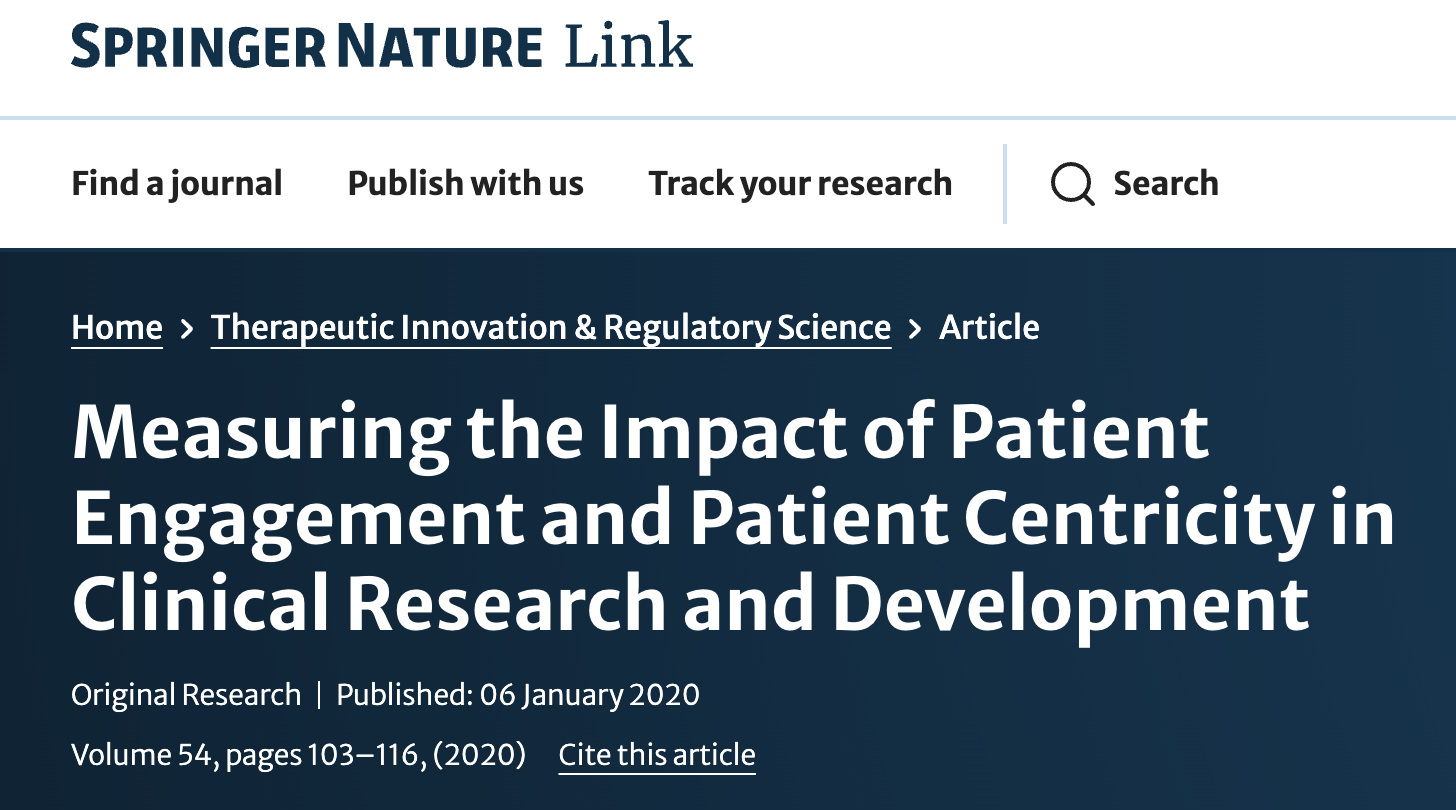
Chapter 4 – Section 5
Leveraging data

Leveraging data and evidence is essential in evaluating the long-term effectiveness and safety of pediatric DHTs. Use this section to learn how to bridge clinical trial insights with everyday healthcare practices to enhance regulatory approvals and inform more tailored healthcare interventions.
Defining real-world data and evidence
Real-world data (RWD) refers to data relating to patient health status and healthcare delivery routinely collected from various sources, including:
- Electronic Health Records (EHRs)
- Claims and administrative data
- Patient-generated data
- DHT-generated data
- Disease registries
Real-world evidence (RWE) is the clinical evidence derived from the analysis of RWD, providing insights into the usage, benefits, and risks of medical products and interventions.
RWD and RWE play crucial roles in pediatric clinical trials by:
- Capturing diverse patient populations, ensuring findings are applicable across age groups and demographics.
- Informing the natural history of diseases in children, which is vital for understanding treatment pathways and expected outcomes.
- Supporting regulatory decisions, helping to validate the effectiveness and safety of treatments developed specifically for pediatric patients.
Real World Data (RWD):
Data relating to patient health status and/or the delivery of health care routinely collected from a variety of sources. RWD can come from a number of sources.
Electronic Health Record (EHR):
EHRs contain individual health records for patients and are used in care delivery. Generally maintained by health care providers, health care organizations, and health care institutions and are used to deliver care. Can be used to integrate real-time electronic health care information from medical devices and multiple health care providers involved in care of patients.
Real World Evidence (RWE):
Clinical evidence regarding the usage and potential benefits or risks of a medical product derived from analysis of RWD. RWE can be generated by different study designs or analyses, including but not limited to: randomized trials including large simple trials, pragmatic trials, and observational studies prospective and/or retrospective.
Harnessing RWD in pediatric clinical investigations
Leveraging RWD allows researchers to capture a comprehensive view of patient experiences and health outcomes in diverse populations. This usage enhances the robustness of clinical investigations and ensures findings are applicable to real-world settings, ultimately benefiting pediatric patients.

- Broader patient inclusion and greater trial diversity: RWD allows for diverse demographic representation, enhancing the generalizability of clinical trial results in pediatric populations.
- Natural history insights to understand disease progression: RWD provides crucial information about disease trajectories in children, which can inform study design and endpoints for clinical investigations.
- Capturing long-term outcomes and longitudinal data: RWD supports longitudinal studies, enabling researchers to track health outcomes and treatment effectiveness over time.
What role does RWE play in validating DHTs?
RWE is critical for demonstrating the effectiveness and safety of DHTs in real-world conditions. By supporting regulatory decisions and guiding development, RWE helps ensure that DHTs are clinically relevant and meet the needs of pediatric populations.

- Continuous improvement: RWE enables developers to refine DHTs based on insights gained from real-world usage.
- Impact: Enhanced product features lead to better user experiences and increased efficacy in real-world applications.
- Facilitating regulatory approvals: Regulatory agencies, like the FDA, are integrating RWE into their frameworks, allowing for expedited pathways to market for effective DHTs tested in clinical settings.
- Informing clinical practice: RWE provides the empirical evidence needed to shape clinical guidelines, ensuring DHTs are implemented based on robust real-world data.

Key insights
Real-World Evidence of Omnipod® 5 Automated Insulin Delivery System Use in 69,902 People with Type 1 Diabetes
This study examines an automated insulin delivery system using real-world evidence (RWE) to assess the system’s effectiveness for managing type 1 diabetes (T1D) across a large cohort of 69,902 users. Through RWE, the study demonstrates that pediatric and adult users consistently achieve target glucose levels in everyday settings, confirming clinical trial results. The users maintained an average time-in-range (TIR) of 70%, which supports the system’s capacity for sustained blood glucose management outside controlled environments.

Key insights
Understanding Use of Real-World Data and Real-World Evidence to Support Regulatory Decisions of Medical Product Effectiveness
The increasing role of RWE in the regulatory approval process for pediatric medical products can present both challenges and opportunities. The study highlights how RWE can supplement traditional clinical trial data, providing insights into the safety and effectiveness of products used in pediatric populations, which are often underrepresented in clinical studies. The use of RWE allows regulators to better understand the real-life impacts of these products on children’s health outcomes, thereby facilitating more informed decision-making.
Translating research to routine care: A business case
Bridging the gap between clinical research and practice is vital for ensuring that insights from clinical trials are effectively translated into everyday healthcare. Engaging stakeholders, including patients and caregivers, fosters collaboration and enhances the practical applicability of research findings. Digital measures and tools developed for clinical investigation should include a strategy for adoption into routine care settings to maximize patient and healthcare system benefits. Enabling continued use beyond trials can…

Increase your market size. Expand market appeal for developers, especially in pediatrics, where clinical trial markets are limited.

Drive patient access. Support post-market assessments, label expansions, and identification of eligible patient populations.
Bridging the gap between research and clinical care

- Partnerships between academia, industry, and clinical settings facilitate the translation into effective healthcare practices.
- Understanding barriers to the uptake of DHTs in clinical trials aids in developing strategies that enhance integration into healthcare systems.
- Involving patients and caregivers in DHT development and trial design ensures tools address their needs, boosting participation and adherence and meaningful impacts on health.
- Collaborate with regulatory agencies to ensure compliance and accelerate the pathway from clinical investigation to routine care.
- Integrate real-world data alongside clinical trial data to validate DHT effectiveness in routine care. Real-world evidence strengthens the case for adoption by showing sustained, practical benefits, and can support regulatory submissions for broader use.

Key insights
Centering patient needs delivers value to your clinical trial
This study explores the impact of patient-centric initiatives (PCIs) and evaluates return on engagement (ROE) in clinical research.
- ROE from PCIs showed improved protocol feasibility and trial efficiency.
- Cost-benefit analysis revealed higher patient satisfaction with minimal financial burden.
- Increased collaboration with patients led to better data relevance and trial retention.

Key takeaways
Driving patient-centered innovation in pediatric clinical trials
Prioritize patient centricity
Prioritizing patient and caregiver involvement in trial design fosters tools that meet real-world needs, improving adherence, satisfaction, and outcomes, and ensures the prioritization of ethical considerations that safeguard patients’ and caregivers’ physical and psychological well-being.
Streamline recruitment & consent with digital platforms and dynamic processes
Decentralized trial methods and DHTs expand recruitment reach, helping to include diverse pediatric populations. Customizing consent processes to match developmental stages ensures ethical, accessible, and age-appropriate engagement.
Enhance measurement & data collection with DHTs
DHTs enable real-time, adaptable measurement methods that align with children’s developmental variability. These tools help capture continuous data, improving trial accuracy and reducing participant burden.
Leverage RWD and RWE for pediatric innovation
RWE supports regulatory approvals by demonstrating DHT effectiveness in everyday settings. This data informs guidelines that make DHTs clinically relevant for pediatric use.
Decentralized Study / Trial:
A study that moves some or all of the trial participant interventions and prospective data collection outside of the traditional clinical trial sites and into the real world. These studies may use electronic platforms and data sources, mobile health providers or ship investigational products directly to patients.
Looking forward – a vision for inclusive pediatric clinical trials
Leveraging DHTs in pediatric clinical trials offers a pathway to create an inclusive, ethical, and effective approach that meets the evolving needs of children. With DHT-enabled trials, we can build a future where children fully benefit from medical advancements through research that is accessible, patient-centered, and informed by real-world evidence. This shift promises more efficient, representative, and impactful outcomes in pediatric research, ensuring that medical innovation benefits children as much as adults. Our shared goal is to provide every child with the highest standard of care through digital health innovation.






